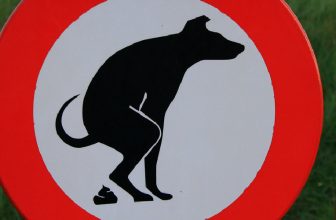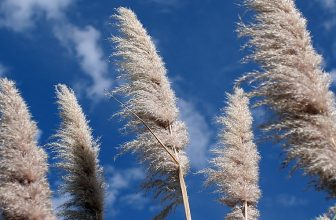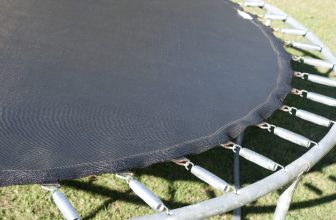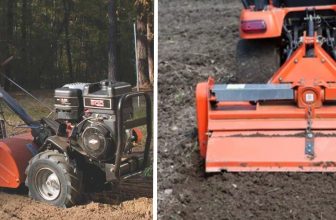How to Make Grass Thicker and Fuller
The grass is a beautiful and useful part of any landscape, but sometimes it can be a little thin or patchy. You can do a few things if you want to make your grass thicker and fuller. This blog post will discuss how to make grass thicker and fuller. Keep reading to learn more!

What Causes Grass to be Thin?
There are a few reasons why your grass might be thin. First, it could be due to poor soil conditions. The soil might be too dry or too compacted, preventing the grass roots from getting the nutrients they need to grow. Second, your grass might be thin because of pests or diseases. For example, if insects are eating the grass blades or if there is a fungal disease present, the grass will not be able to grow as thick and full.
Another reason for thin grass could be due to improper mowing. If you mow the grass too short, it will not be able to photosynthesize and will become stressed, causing it to be thinner.
Additionally, if you scalp the grass (cut too close to the ground), it will also become thin. The other possibility is that your grass is just naturally thin. Certain grass species are thinner than others, so if you have a thin-bladed grass, it might just be due to its genetics. The other thing to consider is that your grass might be going dormant.
If it is the middle of summer and your grass is brown and thin, it could just be because it is trying to conserve water and is in a dormant state. It will green back up when the weather cools down. Lastly, your grass might be thin because of a lack of fertilizer. If you have not fertilized your lawn in a while, the grass will not be getting the nutrients it needs to grow thick and full.
Why is Thick Grass Important?
Thick grass is important for a few reasons. First, it helps to prevent weeds from taking over. If you have thick, healthy grass, it will crowd out the weeds and prevent them from germinating. Second, thick grass is more drought-resistant. If your grass is thick and full, it can withstand periods of drought better than thin grass. This is because the thick grass will shade the soil and prevent evaporation.
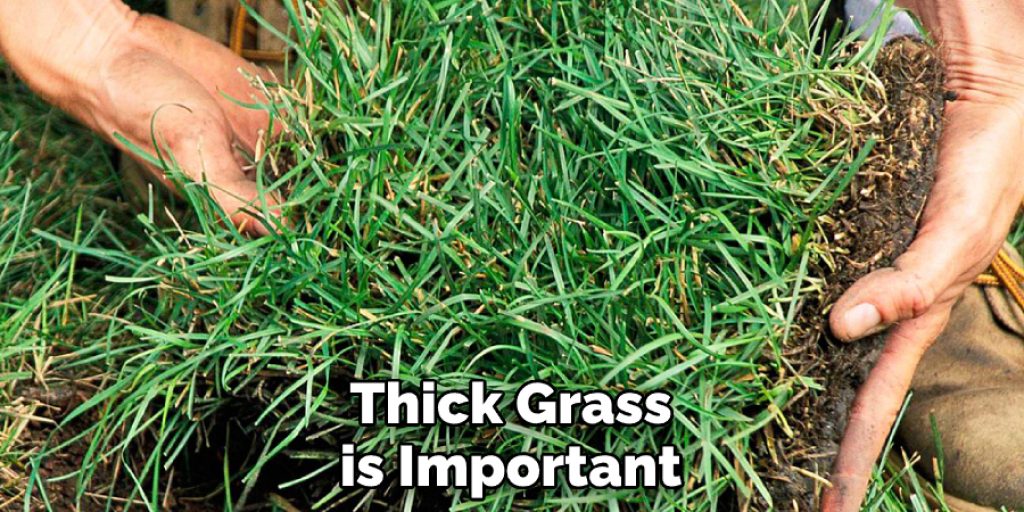
Additionally, the roots of the thick grass will be more deep-rooted and can access deeper water in the soil. Another reason why thick grass is important is that it is more resistant to pests and diseases. If your grass is healthy and thick, it will be better able to withstand an attack from pests or diseases. Finally, thick grass just looks nicer. A lawn with thin, patchy grass is not as aesthetically pleasing as a lawn with thick, green grass.
10 Easy Ways How to Make Grass Thicker and Fuller
1. Aerate the Soil
If the soil is too compacted, the grassroots will not be able to grow deep and strong. Aerating the soil will help to loosen it up and allow the grassroots to grow deep and strong, leading to thicker grass. You can use a garden fork or a lawn aerator to aerate the soil.
First, wet the soil so that it is damp but not soggy. Then, use the garden fork or lawn aerator to aerate the soil. For best results, aerate the soil in the spring or fall. Water the lawn more frequently if you aerate the soil in the summer.
2. Add Compost
Adding compost to the soil will help improve the soil’s quality, making it more fertile and able to support thick grass growth. Compost will also help to retain moisture in the soil, preventing the grass from becoming stressed during periods of drought. To add compost to your lawn, you can either spread it evenly over the surface of the lawn or dig it into the soil.
If you spread it on the surface of the lawn, first wet the lawn so that the compost will not dry out the grass. Then, spread a thin layer of compost over the surface of the lawn and water it in. First, aerate the lawn if you want to dig the compost into the soil. Then, add a layer of compost on top of the aerated soil and use a rake to work it into the soil.
3. Overseed the Lawn
Overseeding the lawn will help thicken the grass and make it fuller. This is because overseeding adds new grass seed to the lawn, which will germinate and grow. To oversee the lawn, rake up any dead grass and debris.
Then, spread the new seed over the lawn. Be sure to follow the directions on the seed package. After spreading the seed, water the lawn deeply. Overseeding can be done in the spring or fall. If you overseed in the spring, be sure to fertilize the lawn after the new seed has germinated.
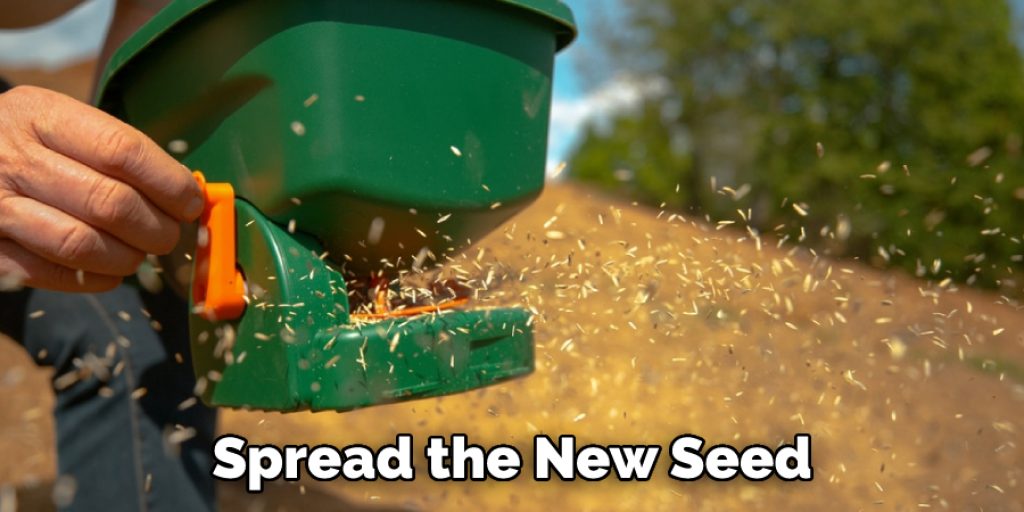
4. Use the Right Grass Seed
When you are overseeding the lawn, be sure to use the right grass seed. The type of grass seed you use will depend on the climate you live in and the condition of your lawn. You can get grass seed from your local nursery or gardening store.
If you live in a cold climate, choose a grass seed that is designed for that climate. In general, cool-season grasses do well in the northern United States, while warm-season grasses do well in the southern United States.
If you have a shady lawn, choose a grass seed that is designed for shady areas. Some grasses, such as Kentucky bluegrass, do not do well in shady areas. If you have a sunny lawn, choose a grass seed that is designed for sunny areas. Some grasses, such as fescue, do not do well in sunny areas.
5. Fertilize the Lawn
Fertilizing the lawn will help it to grow thicker and fuller. This is because fertilizer gives the grass the nutrients it needs to grow. When choosing a fertilizer, be sure to choose one that is designed for your lawn. The type of fertilizer you use will depend on the type of grass you have. To fertilize the lawn, first, mow the lawn and then apply the fertilizer. Then, water the lawn to help the fertilizer reach the grass’s roots.
6. Mow the Lawn Properly
Mowing the lawn properly will help it to grow thicker and fuller. This is because mowing helps to remove dead grass and allows new shoots to grow in their place. It is important to mow the lawn regularly and to use a sharp blade on the mower. When mowing, be sure to mow in different directions each time. This will help to prevent the grass from becoming compacted. Avoid mowing the lawn too short, as this can damage the grass.
7. Water Deeply and Infrequently
Watering the lawn deeply and infrequently will help it to grow thicker and fuller. This is because deep watering encourages the grass’s roots to grow deeper, which makes the grass more drought-resistant. When watering, be sure to water in the morning so that the grass has time to dry before nightfall. Avoid watering too often, as this can damage the grass.

8. Remove thatch
Thatch is a layer of dead grass and debris that can build up on the surface of the lawn. Thatch can prevent water, air, and nutrients from reaching the grass’s roots. As a result, removing thatch can help the lawn grow thicker and fuller. To remove thatch, use a garden rake or thatching rake. First, mow the lawn short and then rake up the thatch. Be sure to dispose of the thatch properly.
9. Reseed Bare Spots
Bare spots can occur on the lawn for various reasons, such as pet damage, heavy foot traffic, or drought. Reseeding bare spots will help to make the lawn thicker and fuller. To reseed bare spots, first, remove any dead grass and debris. Then, spread the new seed over the bare spots.
Be sure to follow the directions on the seed package. After spreading the seed, water the lawn deeply. Avoid walking on the seeded areas until the new grass has germinated.
10. Use grasscycling
Grasscycling is the process of leaving grass clippings on the lawn. Grass clippings are a natural source of nitrogen, a nutrient that helps the grass grow. As a result, grasscycling can help the lawn to grow thicker and fuller.
First, ensure your lawn mower is set to the highest setting for the grass cycle. Then, mow the lawn as usual and allow the grass clippings to remain on the surface of the lawn. Avoid grasscycling if the grass is too long or if the lawn is wet.
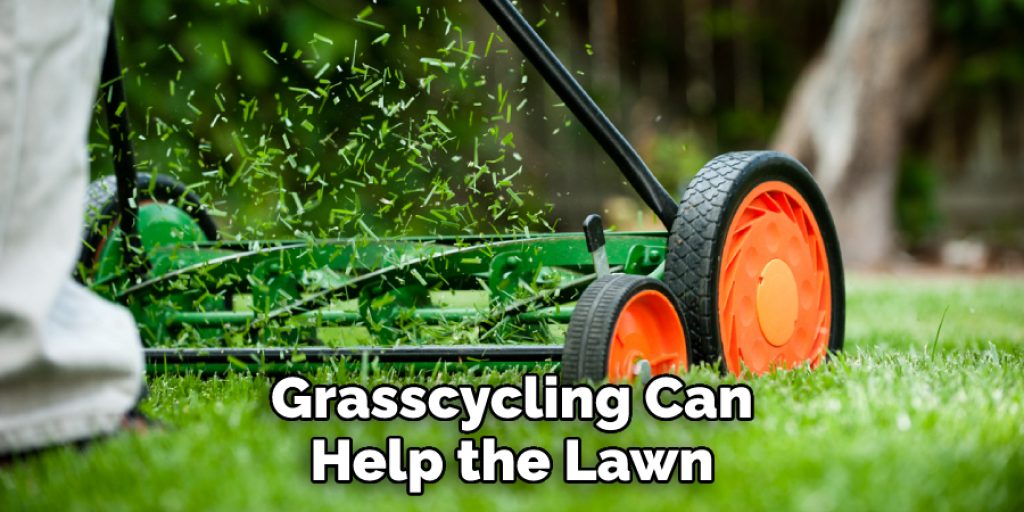
Conclusion
So there you have it! Now you know how to make grass thicker and fuller. By following these tips, you can have a beautiful, luscious lawn in no time! We hope you found this article helpful. If you have any questions, please feel free to ask in the comments below. Thanks for reading!

